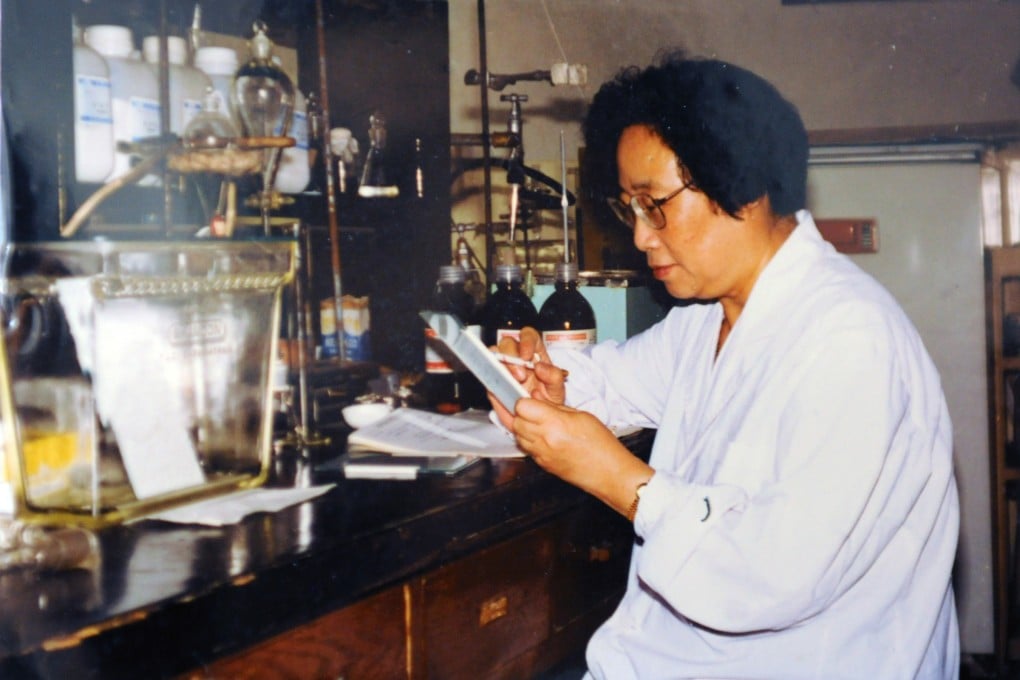How the West waited 20 years to use Tu Youyou's Nobel prize-winning malaria discovery
The scientist told the World Health Organisation about artemisia in 1982, but it was decades before the plant which had been used for centuries in Chinese remedies was accepted by Western medicine. In 2004, Tu spoke to Didi Kirsten Tatlow about the personal sacrifices she had made while trying to reduce malaria's deadly toll.

Pausing at the edge of a field filled with fern-like, green plants, Xu Zhengdong leans on a Burberry-check umbrella and describes a folk remedy for fever. The 62-year-old remembers 'the bitter grass', as they called it, from when he was a child. 'We boiled it and drank it from a cup, to bring down fever. You use about this much to make tea,' he says, extending a cupped hand as if cradling a small bird. 'A handful. It's very bitter.'
Xu, like nearly all the ethnic Tu living in south-central China's Wuling Mountains, is poor. His hair is raggedly cut; he wears black trousers rolled above his ankles, muddy dress shoes without socks and a denim jacket buttoned over his thin frame. But the simple remedy farmers in these parts have known about for centuries is poised to become a huge industry that could transform the region - and eradicate one of the world's deadliest diseases.
A cure for malaria has eluded scientists for decades. The mosquito-borne illness infects 300 million people and kills about one million, mostly children, a year, with patients suffering low blood pressure, jaundice, kidney failure, internal bleeding, shock and coma. Conventional anti-malarial drugs such as chloroquinine and sulfadoxine-pyrimethamine have become increasingly ineffective as the disease's resistance to them has grown.
A global campaign launched by the World Health Organisation in 1998 aimed to halve malaria deaths by 2010. Instead, deaths are forecast to rise by up to 120 per cent in that time. Now it seems the Wuling Mountains remedy, adapted by huge pharmaceutical companies, could save millions of lives.
But, as at least one mainland scientist has asked, how many lives could have been saved if the cure's potential had been tapped when it was researched during Mao Zedong's rule 40 years ago?
The name of the fern-like plant that Xu rolls so casually between his fingers is Artemisia annua, or qinghaosu in Putonghua. In the United States it's known as sweet wormwood or, more colloquially, sweet Annie.